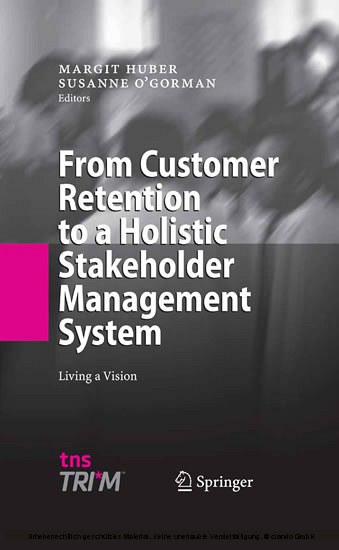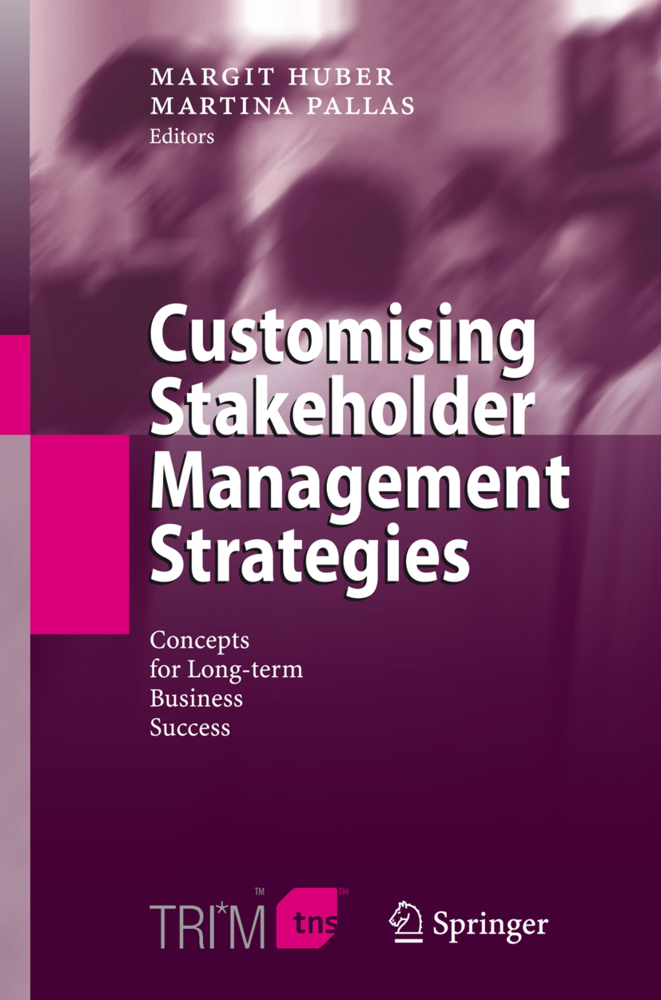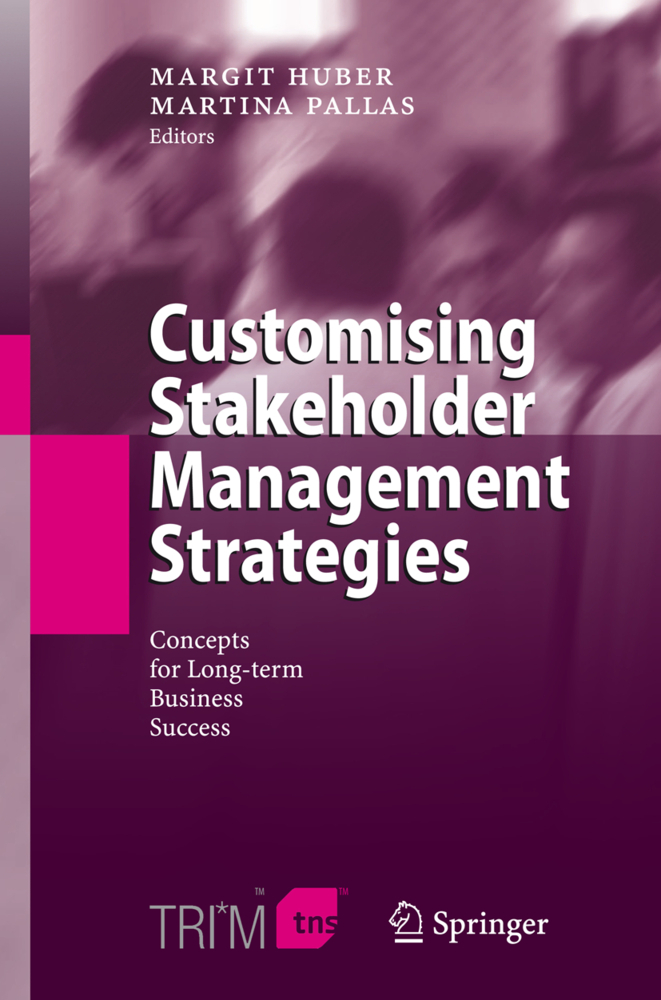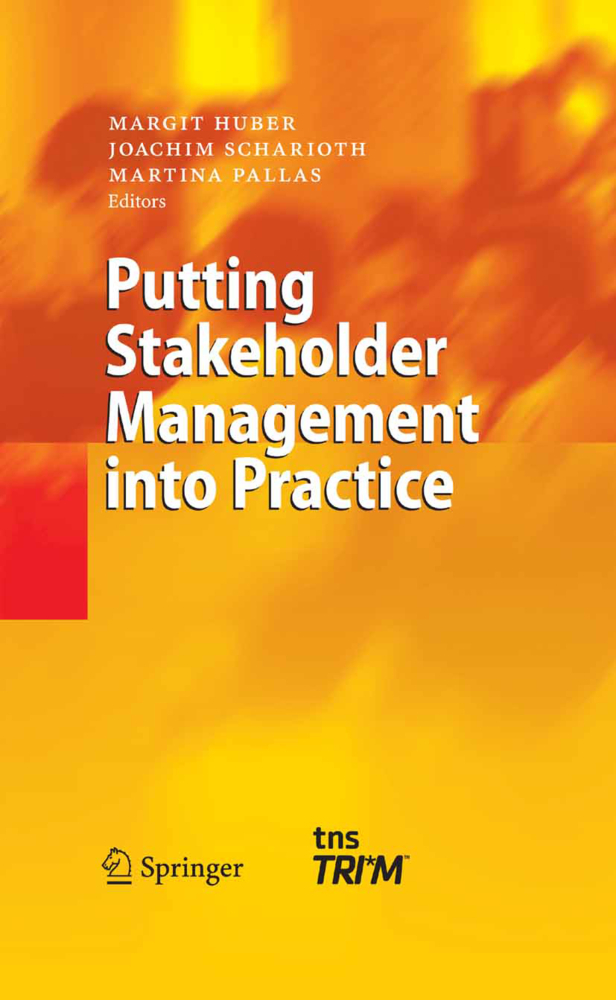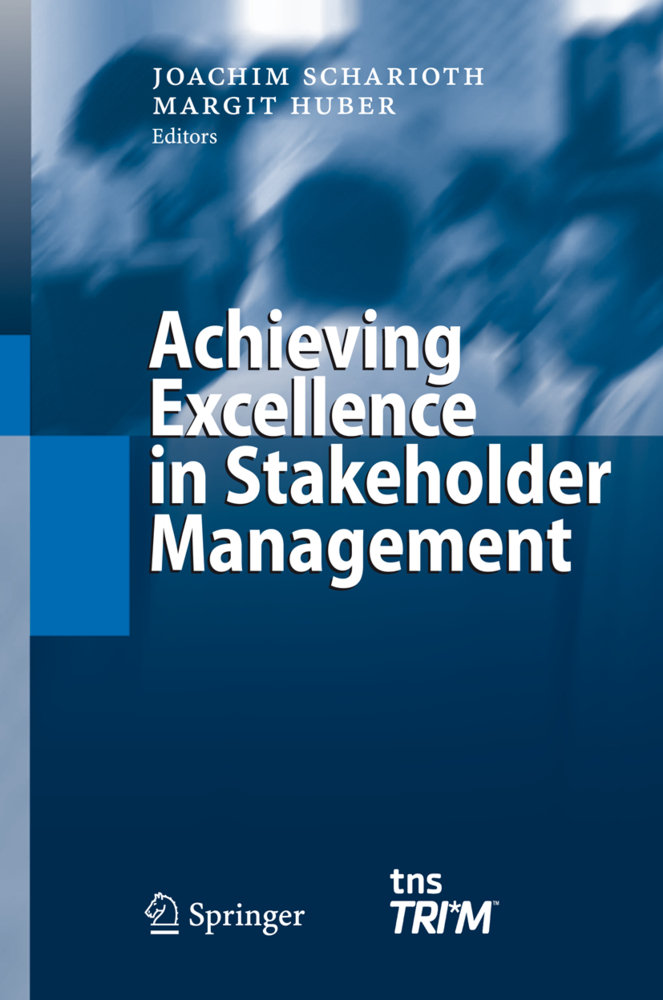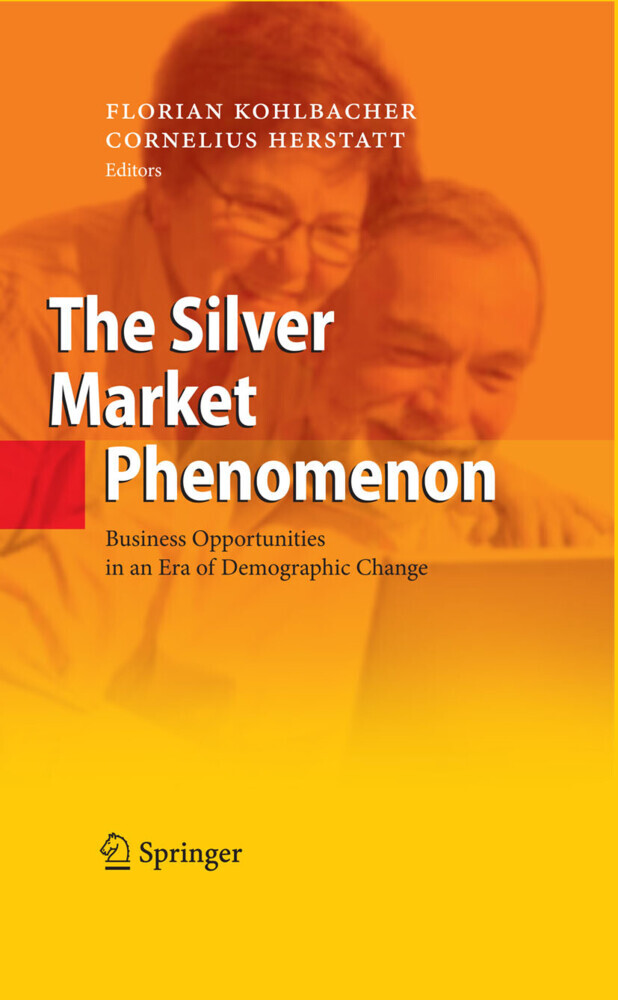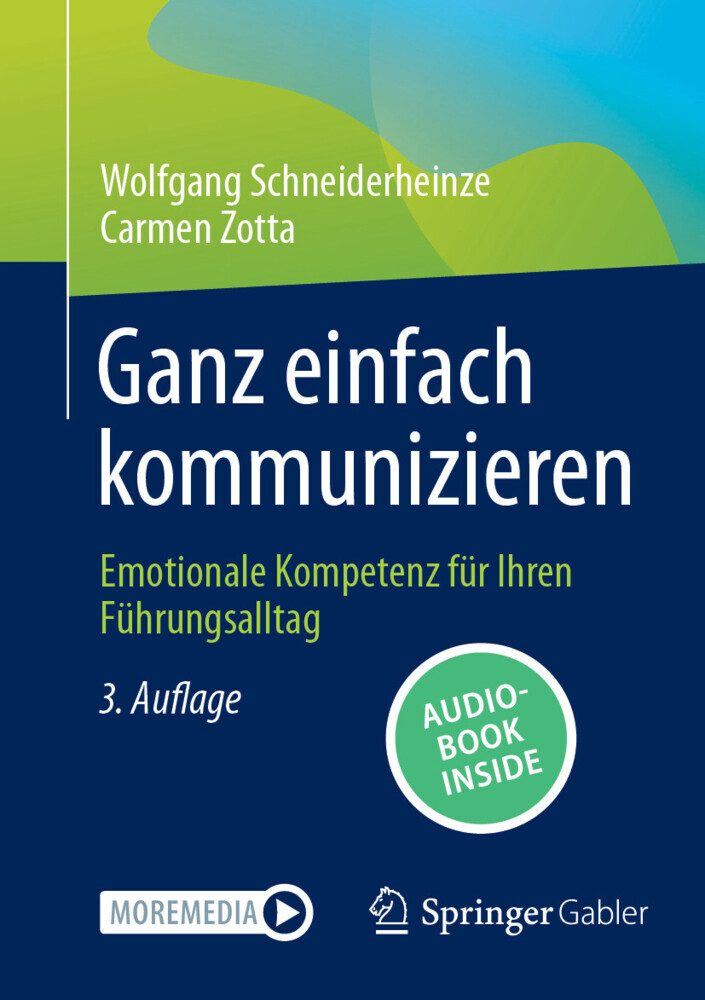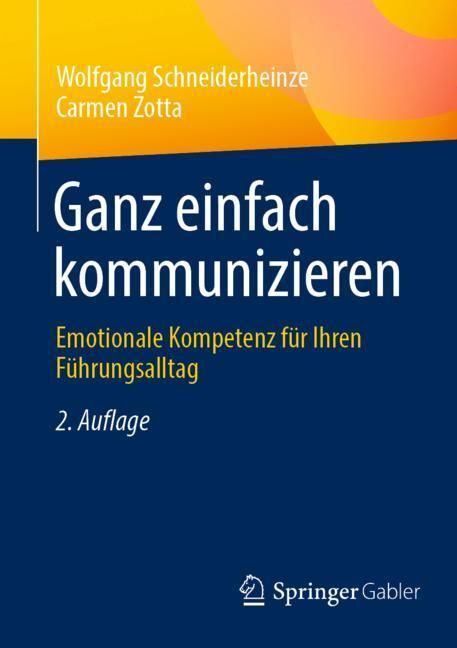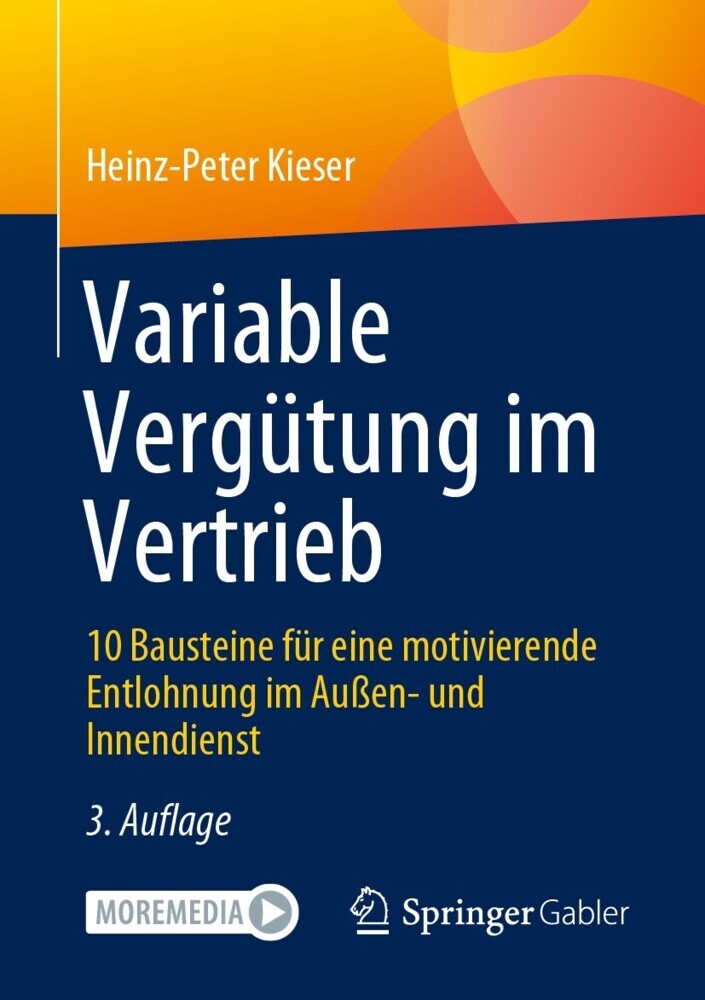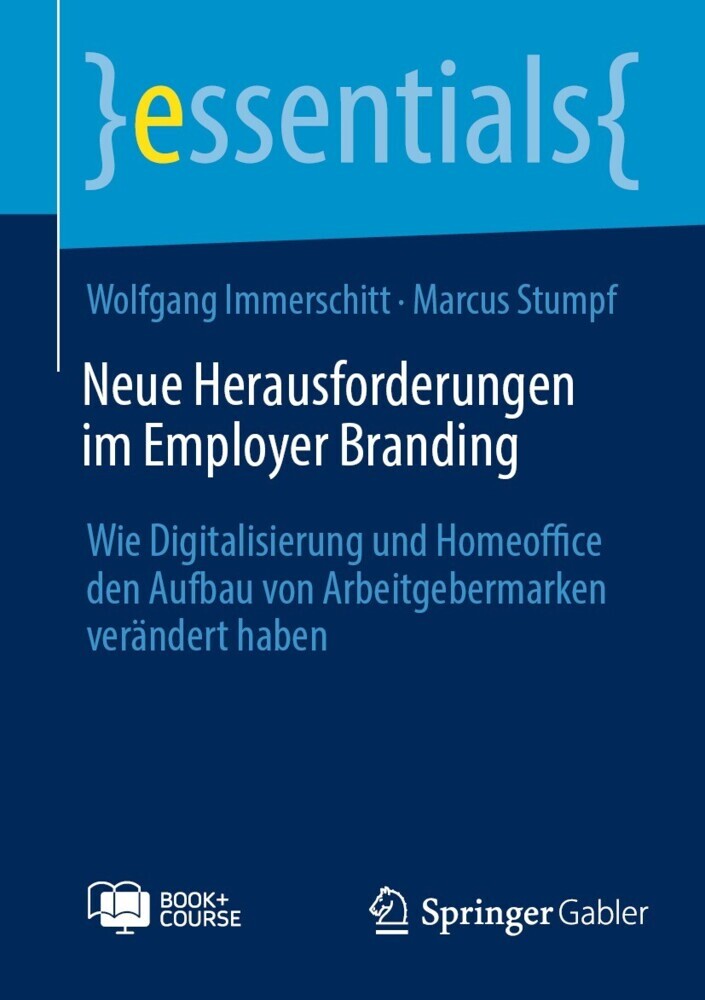From Customer Retention to a Holistic Stakeholder Management System
Living a Vision
Being the fourth in the series on Stakeholder Management books, the current volume looks back at the beginnings of Stakeholder Management and how it has since developed into a fully-fledged system over the last 20 years. It also highlights the importance of a benchmarking database generated from several thousand case studies for comparing businesses.Furthermore, international case studies look at the application of Stakeholder Management in a wide array of industries such as the automotive, public and hospitality sector as well as the consumer market. The reader benefits from a well-rounded account of articles that explain the entire process from data collection to implementation of actions derived from result analysis.
1;Dedicated to Jo Scharioth;5 2;Introduction The Emerging Market of Stakeholder Management;7 3;Contents;15 4;1 The Beginnings of TRI*M- a Personal Account;18 4.1;1.1 A Little Bit of (Infratest-Burke) Corporate History;18 4.2;1.2 Enter Jo Scharioth;19 4.3;1.3 The TRI*M Index;21 4.4;1.4 The TRI*M Grid;22 4.5;1.5 The Impact of TRI*M;24 5;2 The Food Industry: Using TRI*M for Product Improvement;26 5.1;2.1 Introduction;26 5.2;2.2 What Is 60/40?;27 5.3;2.3 The Incorporation of TRI*M into 60/40+;29 5.4;2.4 An Example of TRI* M Usage in Product Development;29 5.5;2.5 Next Steps;31 6;3 How Can Market Research Findings Lead to Lasting Improvements Within a Company?;32 6.1;3.1 Starting Point: Customer Surveys Are Now Used Universally, but They Do Not Result Automatically in a Smooth Implementation Process;32 6.2;3.2 How Can this Sort of Implementation Process Be Set Up in Practice?;33 6.3;3.3 Conclusion;46 7;4 The TRI*M Principle-Applying It in the Public Sector;48 7.1;4.1 Applying TRI*M in the Public Sector;48 7.2;4.2 The Added Value of the TRI*M Tools in the Public Sector;49 7.3;4.3 Summary;66 8;5 Stakeholder Based Measuring and Management of CSR and Its Impact on Corporate Reputation;68 8.1;5.1 How CSR, Corporate Reputation and Stakeholder Management Are Interconnected;68 8.2;5.2 How to Identify Relevant Stakeholders;70 8.3;5.3 How to Implement a Stakeholder Management System and Link It with the Company's Mission;71 8.4;5.4 How to Install All a CSR / Reputation Management and Information System;72 8.5;5.5 How to Use the TRI*MTM Corporate Reputation Manager for Controlling Reputation Building CSR Activities & Communication ;73 8.6;5.6 The TRI*M Corporate Reputation Index as Key Performance Indicator for Reputation;74 8.7;5.7 The TRI*M Reputation Radar as Holistic Reputation Overview;75 8.8;5.8 The TRI*M Grid for the Development of Truly Reputation Building CSR Measures;76 8.9;5.9 Resumee;77 9;6 Developing the Customer Experience Programme at UNITE: Working Towards the Integrated Approach;80 9.1;6.1 Business Challenge;80 9.2;6.2 Customer Experience Study - Objectives and Design;82 9.3;6.3 The TRI*M Index as a Key Performance Indicator for UNITE;89 9.4;6.4 The Integration of Other Stakeholder Groups;90 9.5;6.5 Conclusions;93 10;7 TRI*M: Messe München (Munich Trade Fair) - Fit for the Future;94 10.1;7.1 Messe München;94 10.2;7.2 The Trade Fair Success Factor;95 10.3;7.3 Monitoring Success by Interviewing Trade Fair Participants;96 10.4;7.4 The TRI*M Index as the Criteria Used by Messe München for Internal Benchmarking and for Setting Target Value Parameters;97 10.5;7.5 The TRI*M Index as a Forecast of Future Exhibitor Participation;100 10.6;7.6 The TRI*M Analysis of the Development of Trade Fair Content;102 10.7;7.7 Conclusion;103 11;8 A Short History of Customer Retention The TRI*M Benchmarking Database as an Experience Database;106 11.1;8.1 How Customer Retention Differs in Regions and Industries;107 11.2;8.2 Making a Difference: Competitive Advantage Is Hard to Achieve;109 11.3;8.3 Changes in the Markets - How the TRI*M Typologies Evolve over Time;110 12;9 How to Obtain the Voice of the Customer - Experiences with the Introduction of an Integrated Customer Retention System in the MAN Commercial Vehicles Group;116 12.1;9.1 The Significance of the Voice of the Customer for MAN;116 12.2;9.2 MAN the Company;116 12.3;9.3 Point of Departure and Fundamental Idea of the New System;117 12.4;9.4 Reporting as a Core Element of the Customer Retention Analysis Conducted by MAN;121 12.5;9.5 Use of the Knowledge Gained in the Company;129 13;10 Firsthand Report of the Commerzbank on the Use of the TRI*M-System for the Employee Survey;134 13.1;10.1 Rationale for Implementing Employee Surveys at Commerzbank;134 13.2;10.2 Employee Surveys at Commerzbank;136 13.3;10.3 Experience with the Survey Process;136 13.4;10.4 Results of the Employee Survey;140 13.5;10.5 Forecast;142 14;11 Monitoring of Transformation Processes Using the TRI*M Method;144 14.1;11.1
| ISBN | 9783540774303 |
|---|---|
| Artikelnummer | 9783540774303 |
| Medientyp | E-Book - PDF |
| Auflage | 2. Aufl. |
| Copyrightjahr | 2008 |
| Verlag | Springer-Verlag |
| Umfang | 203 Seiten |
| Sprache | Englisch |
| Kopierschutz | Digitales Wasserzeichen |

